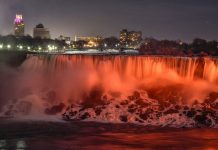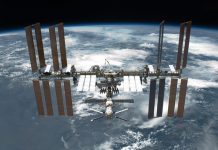Lofty questions loomed not long after four United States military members were ambushed in Niger on October 4th, 2017.
This had been the case as their group, which consisted of a dozen United States military troops, were conducting some operations. Initially traveling with members of the Nigerian military units towards a remote village on the border of Mali on the south-west part of Niger.
Unexpectedly, the entire group was ambushed as they were leaving the village. While some Nigerians in the group suffered injuries, four United States military officers would lose their lives from the ambush with two others being injured.
Most people apparently had not been aware that the United States actually held a military presence in Niger. “Did we even have military stationed there for a while?” “Why are they there in the first place?”. Common questions are abounding and this is not atypical of the United States’ military presence in Africa, where they are stationed in a host of some of its twenty countries.
More specifically, it is important to note the reasons behind the United States’ military involvement on the continent. Their strategic goals and logistics are clear, focused, mainly covert, and quick to accomplish. In most instances, the missions focus on rolling back the tide of Islamic extremism and fundamentalism. At most, United States military officers only aid in the training and preparation aspects on behalf of the various African military operatives and officers that they partner with.
These operations are done with the help of the defense department’s AFRICOM, which is the African Command Centre for such United States military aid. The aid from the United States’ help in combating extremism and religious-based terrorism is only able and required to help on the sidelines, and must avoid all direct conflict with the enemy targets or opposing armies. AFRICOM’s purpose and mission seem to be demonstrated by one statement: “African solutions for African problems”, in and of itself. This seems to leave little room for large-scale interventions by United States’ military members and their covert operations. And that could be viewed as good or bad, depending on who you ask.

















